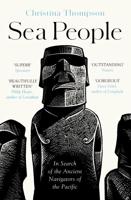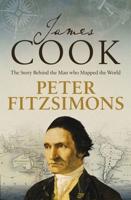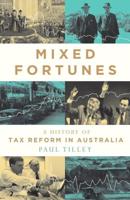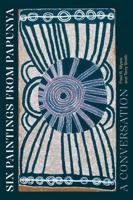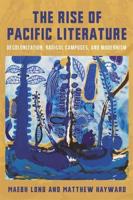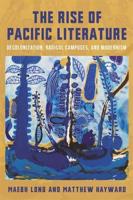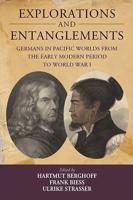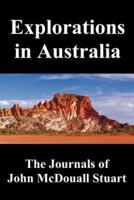Publisher's Synopsis
This is a remarkable story told for the first time in all its detail and with the understanding of an insider. Just before World War I when the Australian outback suffered with the decline of its goldmines and the hard times on its pastoral runs, a young Victorian arrived to see how he could help. The white inhabitants were few, and were rarely if ever visited by clergymen, doctors or nurses. The long-distance mailman was the most regular visitor, but the letters and newspapers he brought were sometimes weeks old. Then the biggest town of today's outback, Alice Springs, held just a few people. In Central Australia lived many Aborigines who had not met a European. It was the Reverend John Flynn, a young Presbyterian clergyman from Victoria, who set out to ease the loneliness of many outback people. Working under the banner of his Australian Inland Mission he eventually was helped by travelling padres who held religious services where two or three people and a child or two were gathered together, and by the young nurses who opened makeshift hospitals far from the doctor's surgery. The difficulties they faced are traced in this book. We see Sister Latto Bett travelling on an open trolley along one of the few outback railways, and holding up an umbrella to protect her from the intense heat. We glimpse Padre Plowman riding a camel, for it was still the main carrier in a vast arid area. Here in the late 1920s the world's first flying doctor service was founded. It was made possible by Flynn's supporters; a young and dedicated Melbourne doctor named George Simpson; Alfred Traegar of Adelaide who devised a pedal wireless that linked outback homesteads and camps with the faraway pilot and doctor; and the engineers who managed to fit a stretcher inside the cramped cabin of the tiny Qantas aircraft of that era. Above all Flynn received financial help from two Victorians, the fundraising the Reverend J A Barbour and the celebrated maker of harvesting machines, H.V. McKay. Tens of thousands of other Australians, many of whom were poor, donated the money that spread this aerial network across the continent. After Flynn died, his role as leader was taken up by Fred McKay, a North Queenslander, and then by Max Griffiths, the author of this book. The brisk revival of outback mining in the second half of the twentieth century, and the changing way of life of Aboriginal peoples, multiplied the calls on the organisation that Flynn had founded. Max Griffiths carries the story into this new era. This book was just waiting to be written, but the records had to be scoured and sifted and selected, and the evidence weighed, and the people and the atmosphere of the times carefully brought to life. Max Griffiths took on this task, and many readers will thank him for weaving together these important strands of Australian history.

